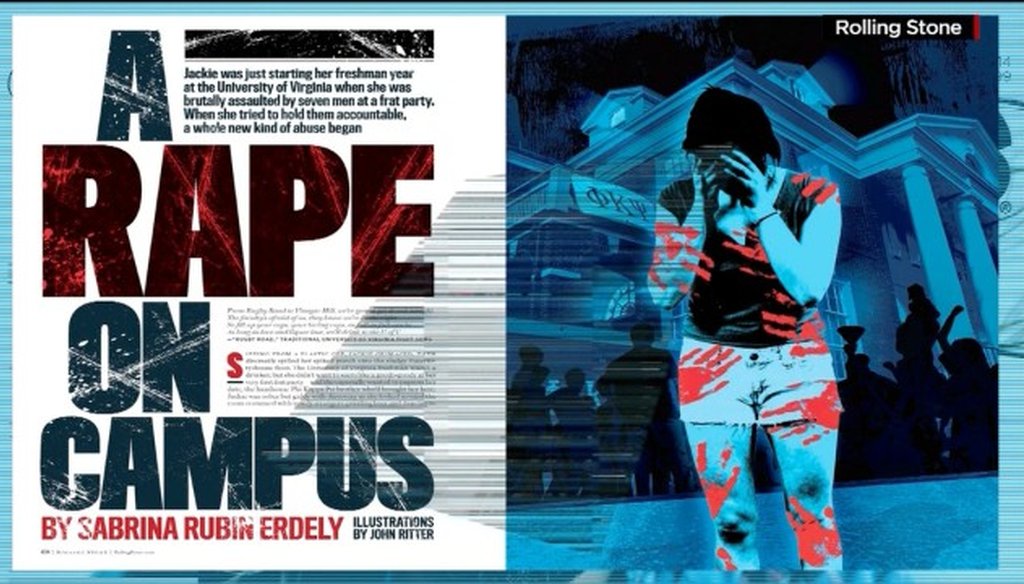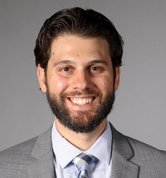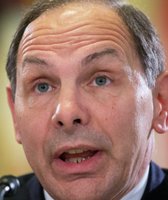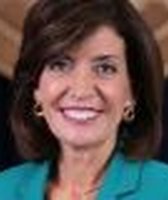Stand up for the facts!
Our only agenda is to publish the truth so you can be an informed participant in democracy.
We need your help.
I would like to contribute

"Rolling Stone's" apology for mistakes in a story about sexual assault on the University of Virginia campus led to a discussion about rape on college campuses on ABC's "This Week."
Rolling Stone magazine late last week was forced to walk back its bombshell story describing a brutal gang rape at a University of Virginia fraternity after intense scrutiny unveiled journalistic lapses in the reporting.
Conservative and liberal commentators appearing Sunday on ABC’s This Week agreed that the fallout from Rolling Stone’s blunder would be a setback for victims of sexual assault.
However, there was sharp disagreement over the breadth of the problem. Democratic strategist Van Jones said the number of women sexually assaulted on college campuses was "shocking."
"It’s literally one out of five," Jones said.
Rich Lowry, editor of the conservative National Review, called that statistic "bogus." Why? "That statistic is based on a survey that includes attempted forced kissing as sexual assault."
Sign up for PolitiFact texts
Jones swiftly brushed off Lowry’s comment. "Can I kiss you here? Can I kiss you here against your will?" Jones asked. "That’s an assault."
The "one in five" statistic is frequently cited by advocates of sexual assault awareness. Both President Barack Obama and Vice President Joe Biden have repeated it. Yet critics continue to insist it’s an inflated number.
Definitive statistics on the issue are hard to come by. One reason, studies show, is sexual assault and rapes are underreported. That’s ultimately why PunditFact decided not to rate Jones’ claim on the Truth-O-Meter.
So what do we know? The "one in five" stat comes from the Campus Sexual Assault Study conducted from 2005 to 2007 for the Justice Department’s National Institute of Justice.
There are legitimate criticisms of the study, but not because it includes "attempted forced kissing," as Lowry suggested.
For starters, the Department of Health and Human Services identifies sexual assault as "verbal, visual, or anything that forces a person to join in unwanted sexual contact or attention." Under that definition, forced kissing can certainly constitute as a form of sexual assault.
More importantly, the "one in five" number does not include "attempted" sexual assaults. The researchers in fact asked respondents to identify whether their unwanted sexual encounter was an attempted or a completed sexual assault. According to the survey findings, 19.8 percent of college seniors said they experienced a completed sexual assault since entering college, which is the basis for Jones’ statistic.
The biggest problem is the study’s methodology. Researchers surveyed undergraduates at two unnamed large public universities (one in the Midwest and one in the South) and received 5,446 Web-based responses from women ages 18 to 25.
That creates an obvious statistical issue: The results of a survey of two campuses cannot be extrapolated for the entire country. Experts we spoke with said this is a glaring caveat that makes it difficult to create a national estimate from the results.
"This ‘one-in-five’ statistic shouldn’t just be taken with a grain of salt but the entire shaker," said James Fox, professor of criminology, law and public policy at Northeastern University told PolitiFact this year.
Large universities may not be representative of experiences at mid-size or small colleges. Further, the two colleges selected may not even be representative of large campuses, Fox said.
Additionally, researchers noted that the nature of the survey, a Web-based poll, yielded a lower response rate than other methods that could skew results.
There’s also no control, said Mary Koss, a professor of public health at the University of Arizona, meaning researchers did not survey 18- to 25-year-olds who do not attend college. It’s possible the issue may not be isolated to college campuses, but rather a problem young women in general face.
Credible statistical analysis to verify the Campus Sexual Assault Study is lacking.
The Medical University of South Carolina released a survey of 2,000 college women in 2007. Unlike the Campus Sexual Assault Study, the pool of respondents was national.
The survey found that 11.5 percent of women attending college had been raped, including forcible rape, drug-facilitated rape, and incapacitated rape. That number is relatively on par with the Campus Sexual Assault Survey, which found 3.4 percent of women said they were victims of forced rape and 8.5 percent said they experienced rape while incapacitated, meaning they were not in a state to consent to the act.
In both surveys, researchers determined whether an individual was raped based on the answers they provided to questions about their sexual encounters. In many cases, respondents, when asked, did not consider the act rape or sexual assault even though it may have met the legal definition.
In the Campus Sexual Assault Study, for example, about 40 percent of victims who reported experiencing forced sex considered the act "rape."
That’s a major reason why advocates believe sexual assaults are underreported; women may not realize they were assaulted. It’s also why they disagree with findings in the Bureau of Justice Statistics National Crime Victimization Survey, which unlike the independent researchers, does not define rape or sexual assault when they survey people. The bureau reported about 300,000 rapes in 2013. To put that in perspective, the Medical University of South Carolina estimated 300,000 rapes occurred in a one-year period just among college-age women.
But critics of the Campus Sexual Assault Study and similar studies say allowing researchers to interpret and classify responses inflates results.
Sexual assault remains difficult to quantify. Attacks are underreported and surveys often depend on what questions were asked and who responded. It’s hard enough to determine a national number, let alone one for college students, and that’s something readers should take into account.
Our Sources
ABC This Week interview wtih Van Jones, Dec. 7, 2014
Email interview with Van Jones, Dec. 7, 2014
Email interview with Kendra Barkoff, spokeswoman for Biden, April 30, 2014
White House, "Fact Sheet: Not Alone – Protecting Students from Sexual Assault," April 29, 2014
White House, "The First Report of the White House Task Force to Protect Students From Sexual Assault," April 2014
National Institute of Justice, "The Campus Sexual Assault Study," October 2007
National Institute of Justice, "The Sexual Victimization of College Women," December 2000
Journal of American College Health, "College Women’s Experiences with Physically Forced, Alcohol- or Other Drug-Enabled, and Drug-Facilitated Sexual Assault Before and Since Entering College," 2009
Medical University of South Carolina, "Drug-facilitated, Incapacitated, and Forcible Rape: A National Study," Feb. 1, 2007
Bureau of Justice Statistics,The National Crime Victimization Survey results: "Criminal Victimization," 2013
Washington Post, "CDC study on sexual violence in the U.S. overstates the problem," Jan. 27, 2012
Center for Disease Control, "National Intimate Partner and Sexual Violence Survey," 2010
Email and phone interview with James Fox, April 30-May 1, 2014
Email interview with Emily Koss, Regents' Professor of Public Health at the University of Arizona, May 1, 2014
Email interview with Cynthia J. Najdowski, assistant professor at the University of Albany School of Criminal Justice, May 1, 2014
Phone interview with Alison Kiss, executive director for the Clery Center for Security On Campus, May 1, 2014
National Institute of Justice, "Rape and Sexual Violence: Victims and Perpetrators," accessed April 29, 2014




















































